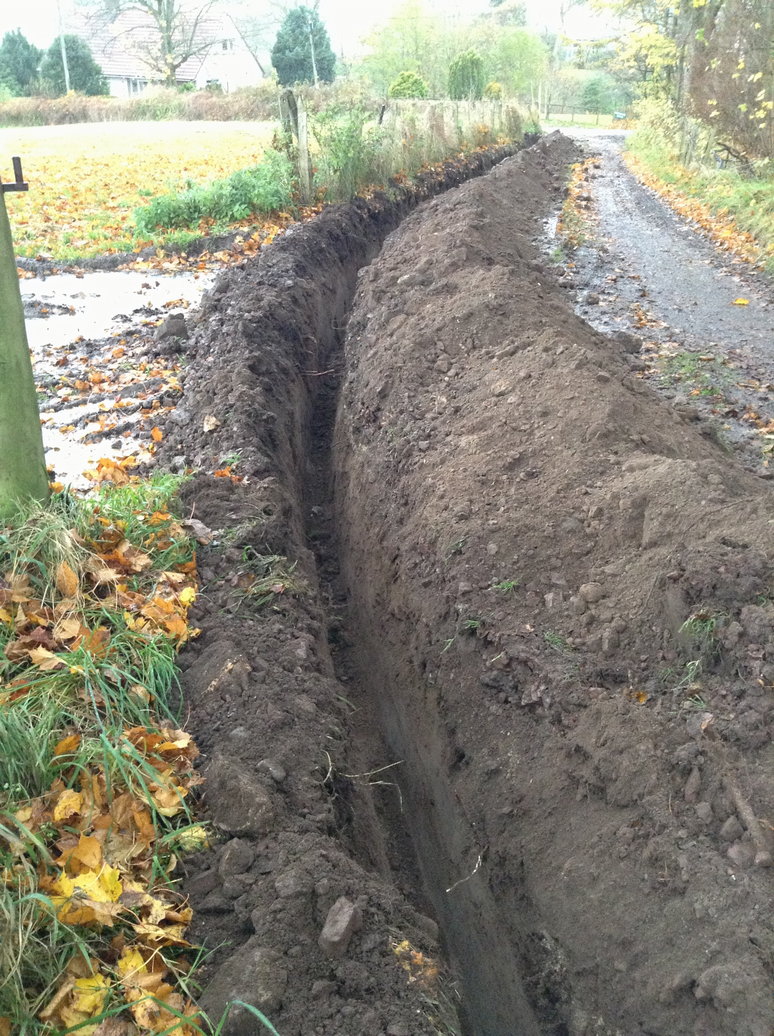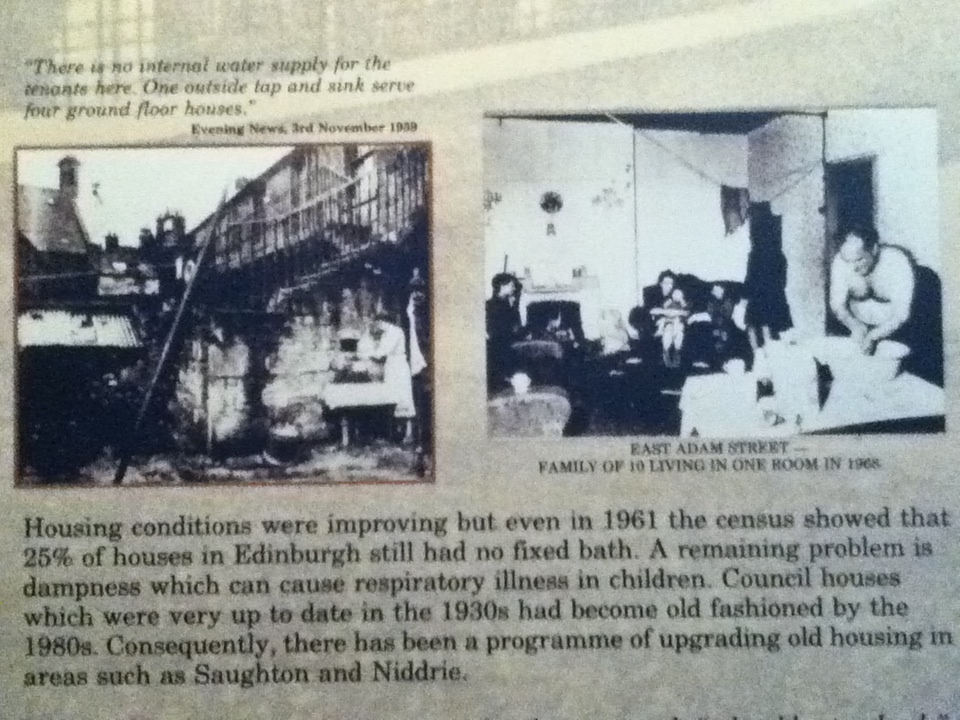Yes indeed, we are still building. And we hope to be starting on-site very soon.
When more experienced folk, early on in the process, would tell me the stages before the actual build were the hardest part to get through and getting the building up was easy, I didn’t quite believe them. And having yet to build anything, I cannot comment.
I will say this. It *is* a lot of work. Revisions and details. Ensuring rooms will work the way we want now and are flexible enough for the unknown future. Keeping costs down while not compromising the ethics we set out at the start of the build. Keeping things simple (which takes work…) Making sure things are going to stay upright. And a healthy dose of red tape and jumping through hoops, just to make sure you are truly committed. (That’s what I have been telling myself, at least.) But all worthwhile work, especially when you are working on your own home.
Some big milestones have been passed in the last year. We made it through planning with little problem, other than it seemed to take forever to get the actual piece of paper. Then there was our submission to building warrant. Everyone talks about planning being a big deal (and I know it is) but to me, the building warrant application and drawings are so much more. Planning seems very much about how the outside will look, while building warrant is how your house is going to stay standing and work in terms of heating, drainage, sewage, etc. It is a big package of information. And to the credit of our architect and structural engineer, the queries returned by Building Control were few and minor.
That brings me to something I have learned in the process, which feels key to anyone hoping to build. In order for us to get to this point in one piece and still feel excited about our project, having an architect and structural engineer who not only know what they are doing but also have a good and communicative relationship with us and each other, has been key. We have been so fortunate (thank you SS and SW!!) and I am not sure we would have ever made it to this point without them.
So, that brings me to the here and now. We are (hopefully!) close to being through building warrant. Once we have a building warrant – hopefully in the next 4-6 weeks – we will be starting on-site.
Not that we are sitting twiddling our thumbs… we have meetings/phone & email conversations with heating engineers, cob folk, joiners, water engineers… then site preparation which includes getting containers on-site, the on-site loo, covered work area, fencing, scaffold… not to mention starting to gather in materials and coming up with a schedule of works for the build.
Lots to do and a house yet to build. But we are excited and ready to get our hands muddy. Once on site, we will make a point of posting pictures regularly and having more frequent updates.




